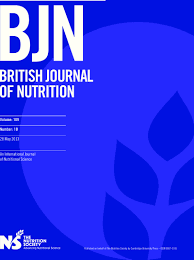 In the last month we had several FHSS-Psychology success stories. The first one was a recently accepted joint publication between Mr. Paul Fairbairn and Dr. Fotini Tsofliou in the Department of Rehabilitation and Sport Sciences, Dr. Andrew Johnson in BU’s Department of Psychology. The joint paper is called ‘Effects of a high DHA multi-nutrient supplement and exercise on mobility and cognition in older women (MOBILE): A randomised semi-blinded placebo controlled study” in the British Journal of Nutrition [1].
In the last month we had several FHSS-Psychology success stories. The first one was a recently accepted joint publication between Mr. Paul Fairbairn and Dr. Fotini Tsofliou in the Department of Rehabilitation and Sport Sciences, Dr. Andrew Johnson in BU’s Department of Psychology. The joint paper is called ‘Effects of a high DHA multi-nutrient supplement and exercise on mobility and cognition in older women (MOBILE): A randomised semi-blinded placebo controlled study” in the British Journal of Nutrition [1].

Secondly, Dr. Sarah Collard in the Department of Psychology, Dr. Pramod Regmi in the Department of Nursing Science and FHSS Visiting Professor Katherine Barnard-Kelly are to be congratulated on their publication: ‘Exercising with an automated insulin delivery system: qualitative insight into the hopes and expectations of people with type 1 diabetes’ [2].
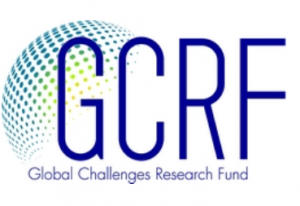 And last, but not least, Dr. Bibha Simkhada in the Department of Nursing Science together with FHSS colleagues Dr. Michele Board and Prof. Edwin van Teijlingen and Dr. Shanti Shanker in the Department of Psychology were awarded £17,180 in the most recent internal GCRF call. Their proposed project ‘The key issues in Dementia in South Asia’ will run from 2020-2021. Both Dr. Simkhada and Dr. Shanker are Global Engagement Lead (GEL) in their respective departments.
And last, but not least, Dr. Bibha Simkhada in the Department of Nursing Science together with FHSS colleagues Dr. Michele Board and Prof. Edwin van Teijlingen and Dr. Shanti Shanker in the Department of Psychology were awarded £17,180 in the most recent internal GCRF call. Their proposed project ‘The key issues in Dementia in South Asia’ will run from 2020-2021. Both Dr. Simkhada and Dr. Shanker are Global Engagement Lead (GEL) in their respective departments.
Good to see so many great cross-BU collaborations!
Professor Edwin van Teijlingen
CMMPH
References:
Fairbairn, P., Tsofliou, F., Johnson, A., Dyall, S.C. (2010) Effects of a high DHA multi-nutrient supplement and exercise on mobility and cognition in older women (MOBILE): A randomised semi-blinded placebo controlled study, British Journal of Nutrition (accepted).
Collard, S.S., Regmi, P.R., Hood, K.K., Laffel, L., Weissberg-Benchell, J., Naranjo, D., Barnard-Kelly, K. (2020) Exercising with an automated insulin delivery system: qualitative insight into the hopes and expectations of people with type 1 diabetes, Practical Diabetes 2020; 37(1): 19–23.

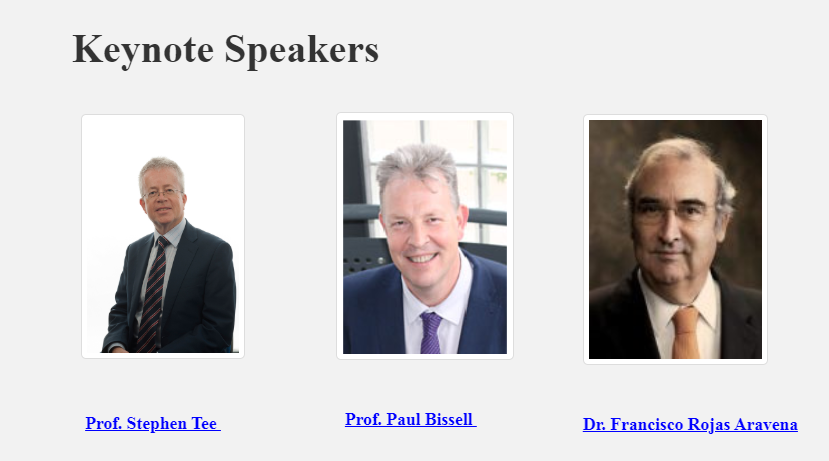

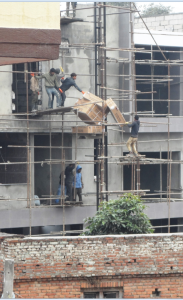
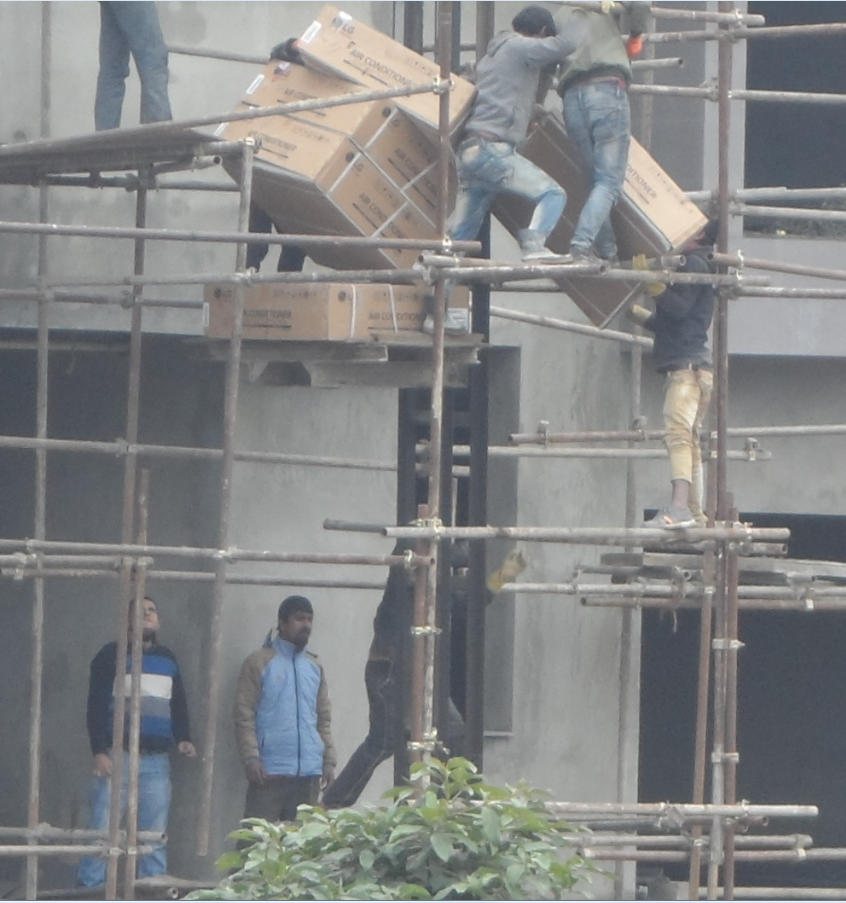
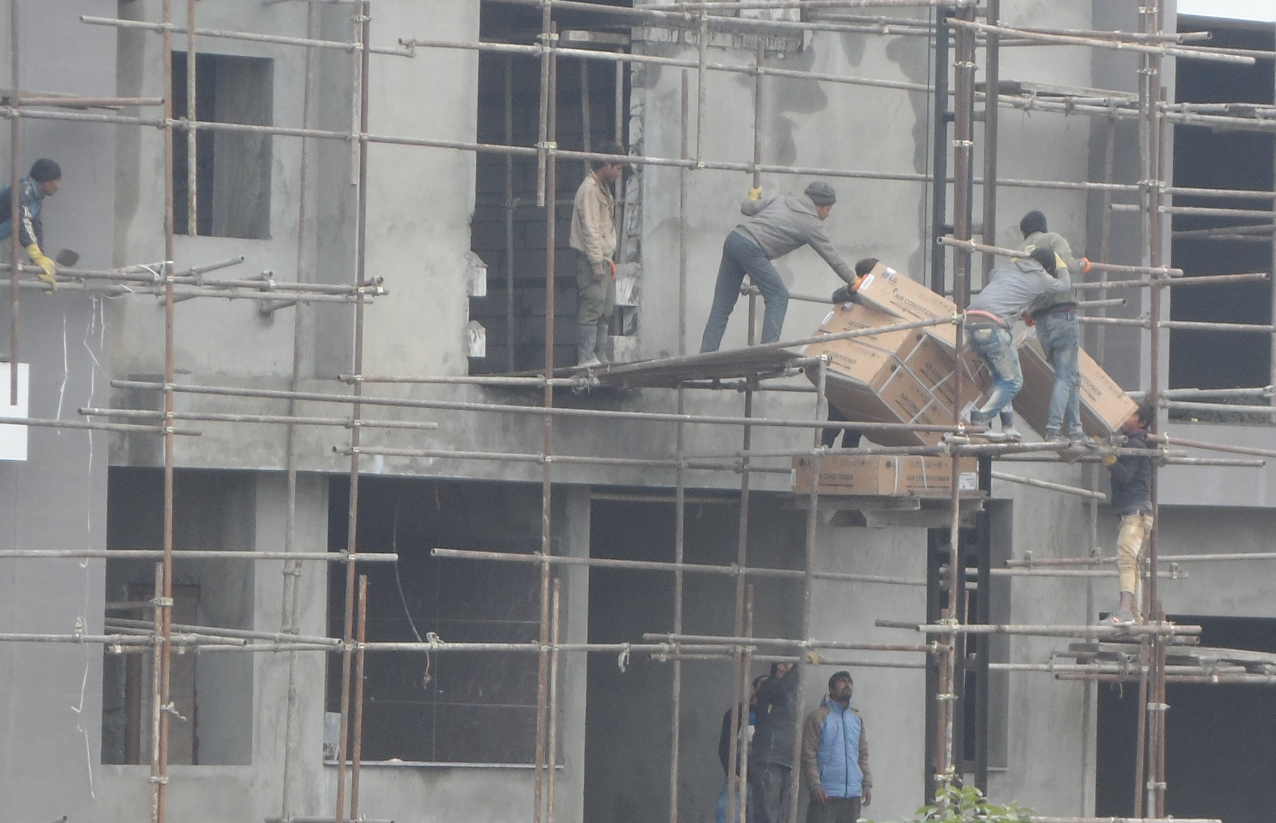
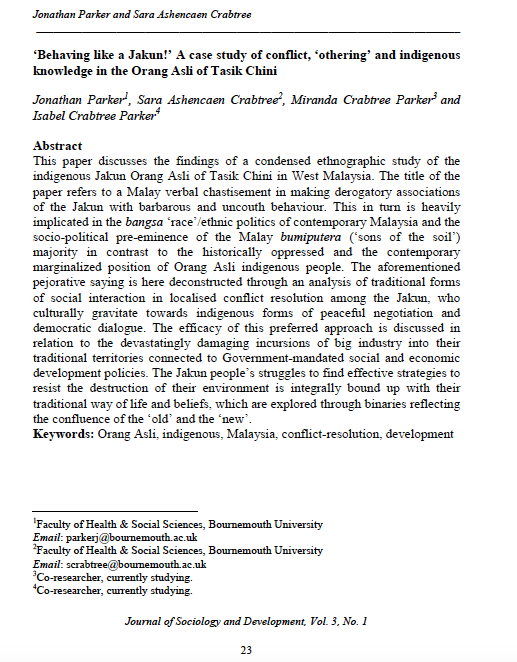

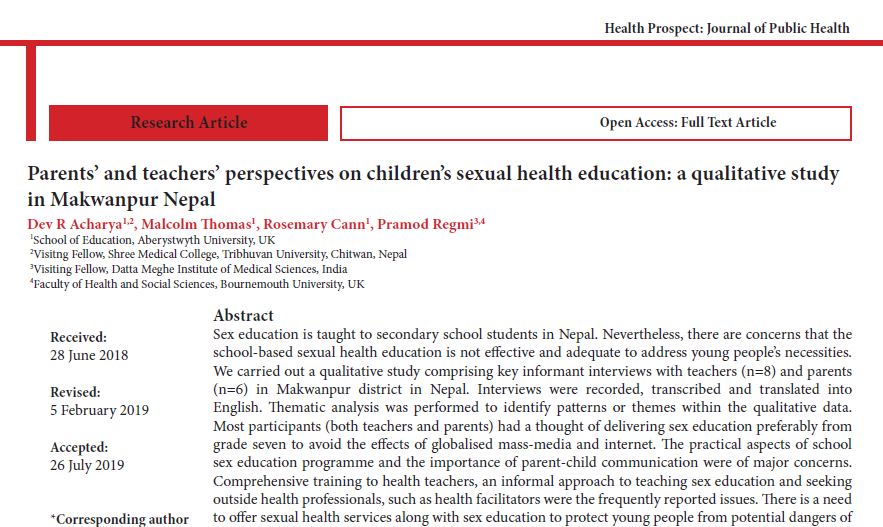
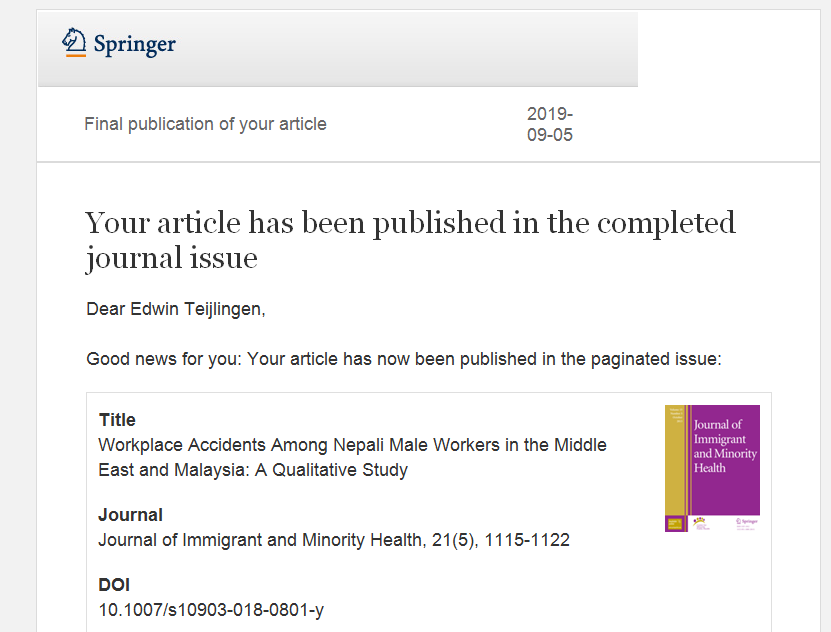
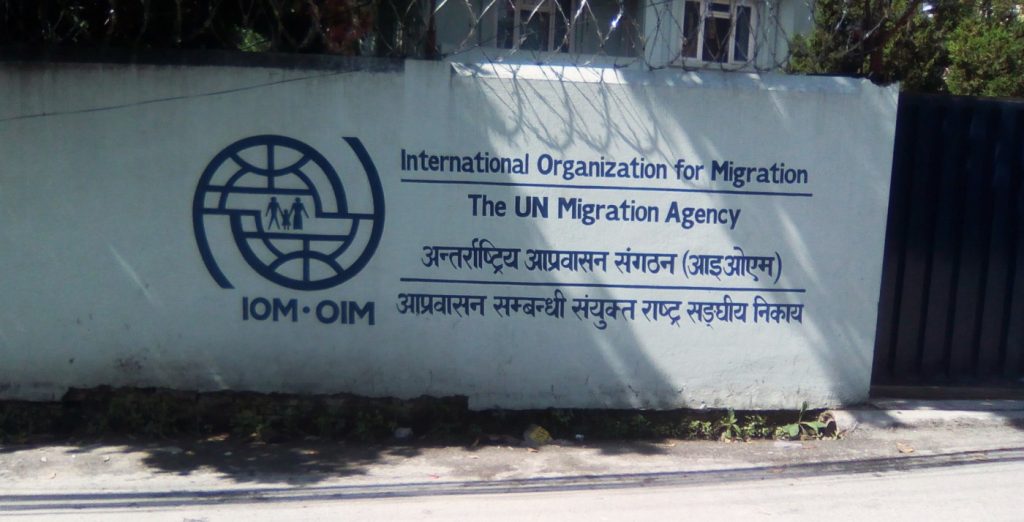

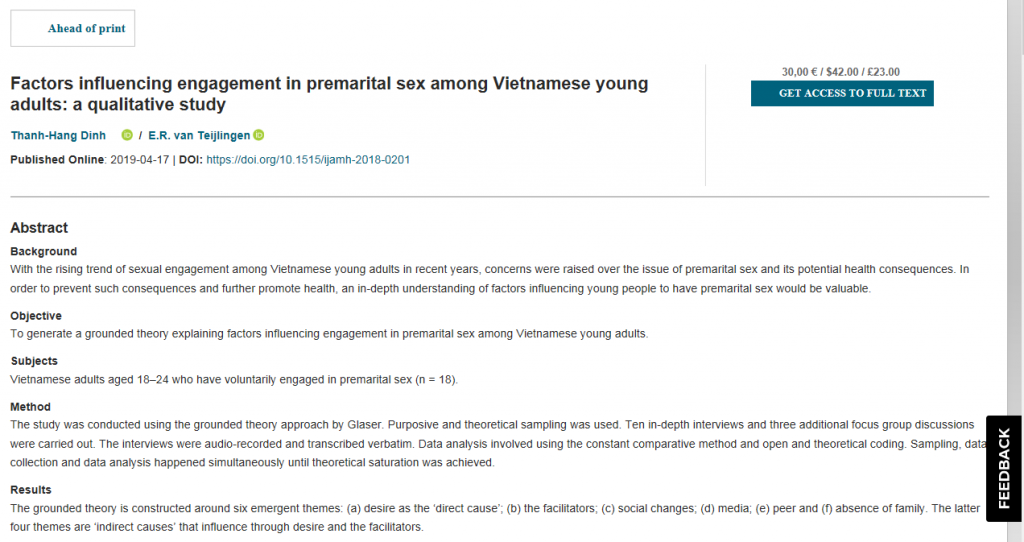
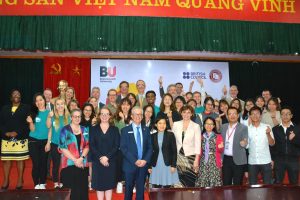
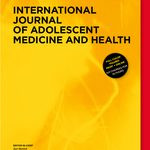

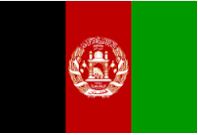
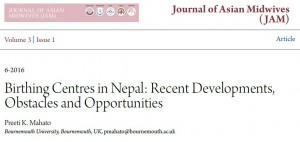
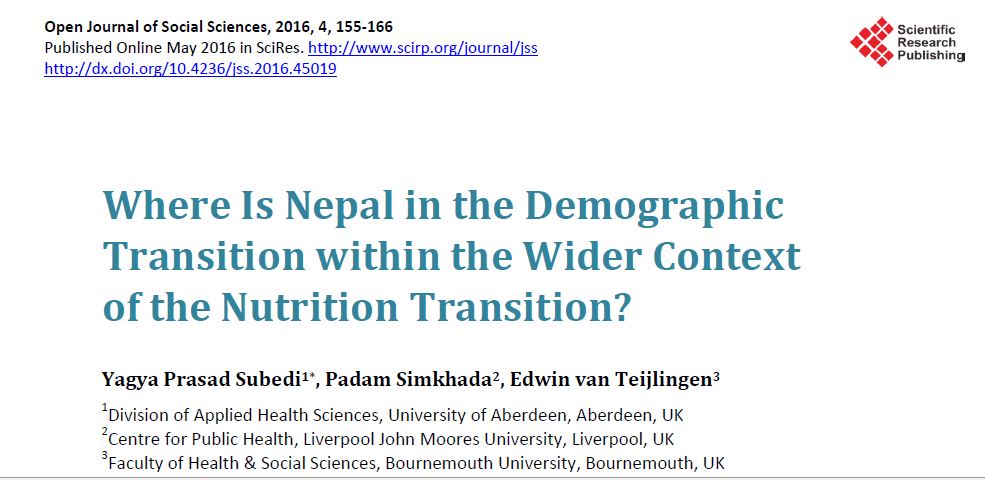
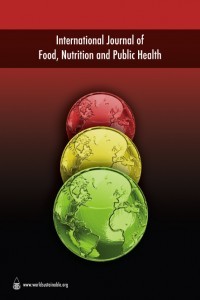
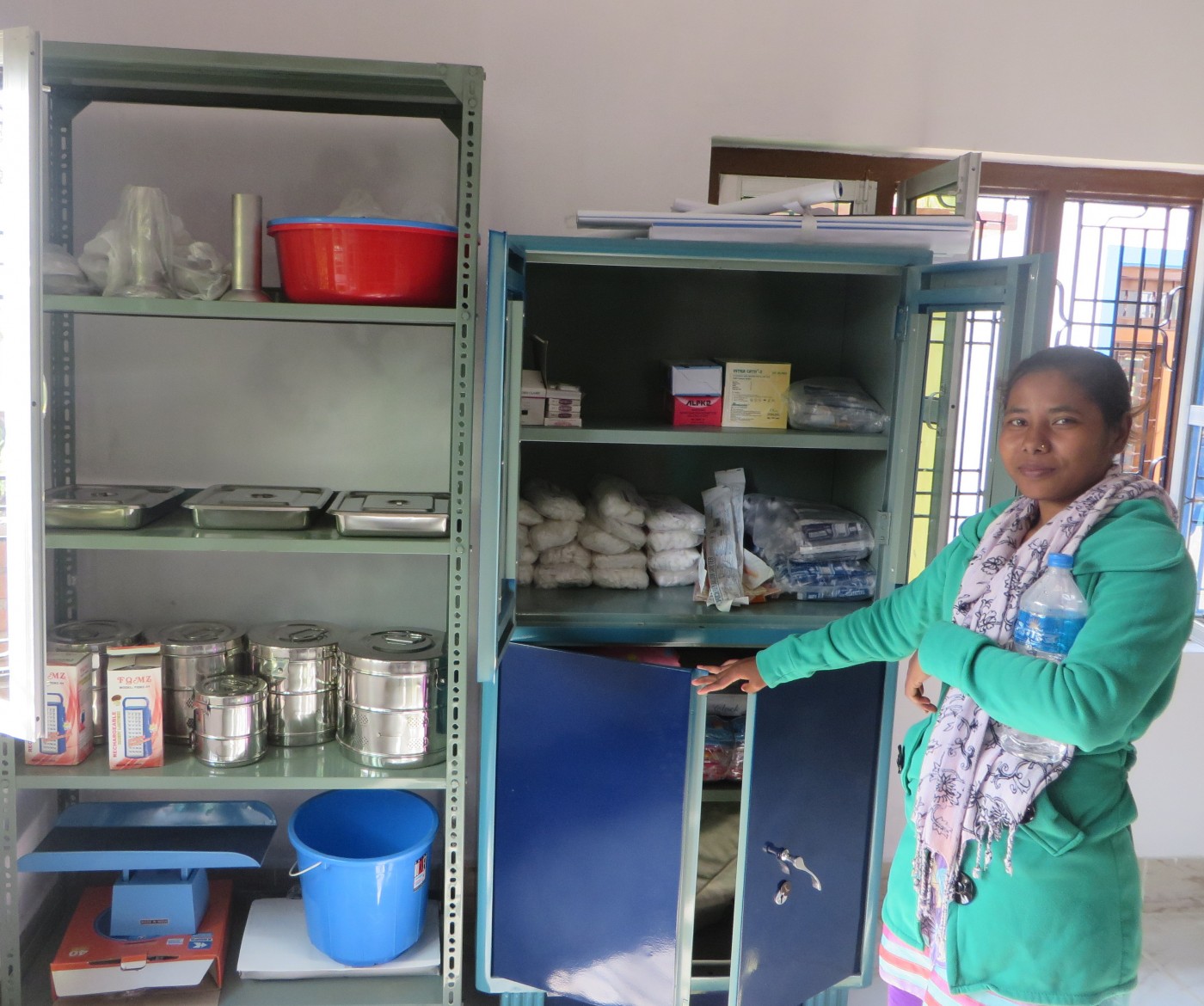
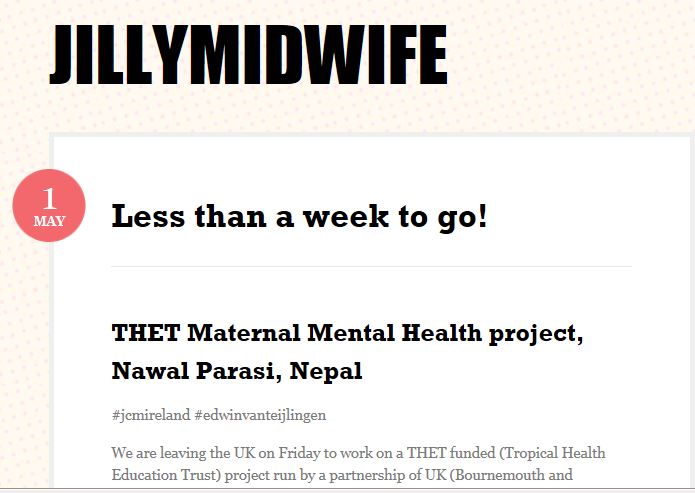
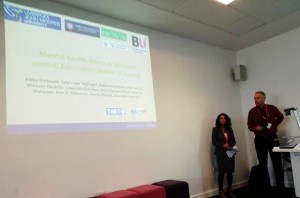
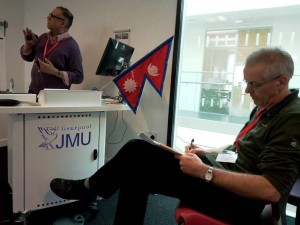
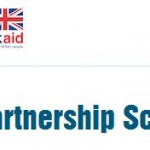
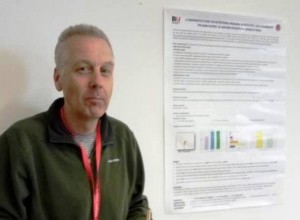
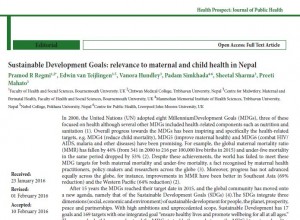
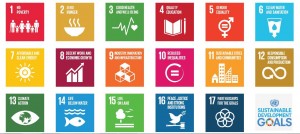
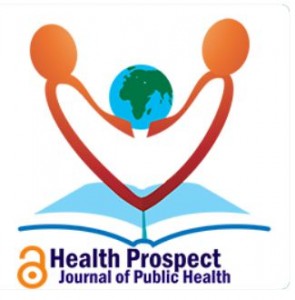
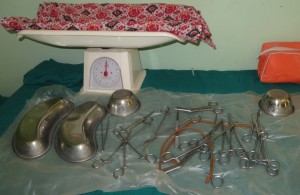
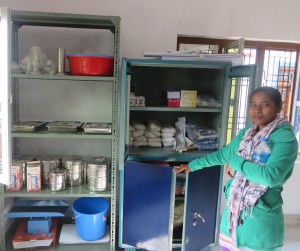











 New Nepal scoping review on maternal & neonatal health
New Nepal scoping review on maternal & neonatal health Fourth INRC Symposium: From Clinical Applications to Neuro-Inspired Computation
Fourth INRC Symposium: From Clinical Applications to Neuro-Inspired Computation Writing policy briefs
Writing policy briefs Upholding Excellence: The Concordat to Support Research Integrity
Upholding Excellence: The Concordat to Support Research Integrity ECR Funding Open Call: Research Culture & Community Grant – Application Deadline Friday 12 December
ECR Funding Open Call: Research Culture & Community Grant – Application Deadline Friday 12 December MSCA Postdoctoral Fellowships 2025 Call
MSCA Postdoctoral Fellowships 2025 Call ERC Advanced Grant 2025 Webinar
ERC Advanced Grant 2025 Webinar Horizon Europe Work Programme 2025 Published
Horizon Europe Work Programme 2025 Published Horizon Europe 2025 Work Programme pre-Published
Horizon Europe 2025 Work Programme pre-Published Update on UKRO services
Update on UKRO services European research project exploring use of ‘virtual twins’ to better manage metabolic associated fatty liver disease
European research project exploring use of ‘virtual twins’ to better manage metabolic associated fatty liver disease